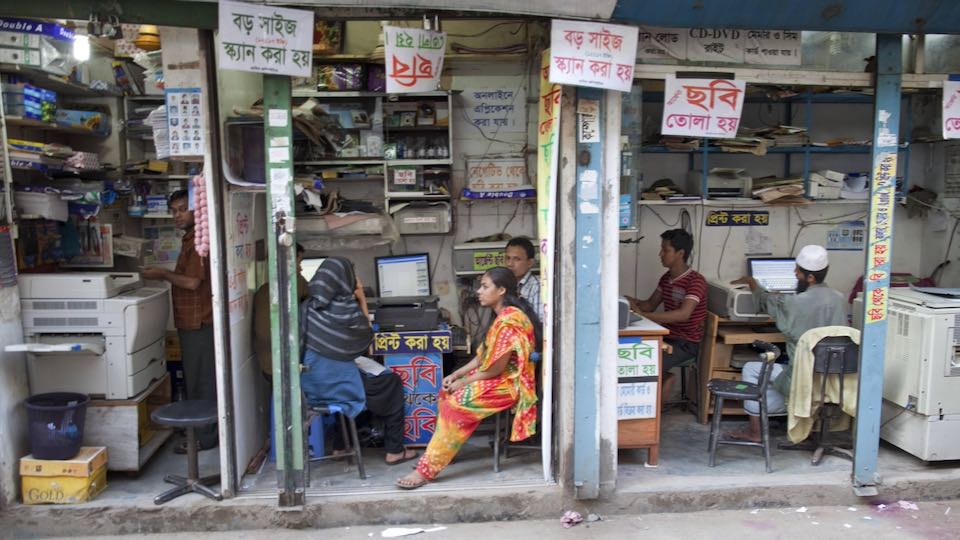2.7 billion people have no Internet access

(Source: IMAGO / photothek)
5.3 billion people worldwide now use the Internet. At the same time, around a third of the world’s population still has no way of accessing the web. Based on new data, the International Telecommunication Union (ITU) estimates that 2.7 billion people remain offline.
The ITU is a United Nations specialized agency for information technologies. It reported Friday that the rapid growth in the number of Internet connections seen since the beginning of the pandemic did not continue in 2022.
“The COVID-19 pandemic gave us a big connectivity boost, but we need to keep the momentum going to ensure that everyone, everywhere can benefit from digital technologies and services,” ITU Secretary-General Houlin Zhao said. Keeping the momentum going will require greater investment in digital networks and technologies, among other things, he said.
Between 2021 and 2022, the number of people with Internet access worldwide increased by 7 percent. If the levelling growth trend continues, the chance of providing all people worldwide with Internet access by 2030 will diminish, he said.
Africa grows most rapidly
Regions that previously had only patchy Internet penetration recorded the highest growth. Internet coverage in Africa increased the most, by 13 percent compared with the previous year. However, only 40 percent of the African population is still online. “Internet penetration” describes the percentage of the total population that uses the Internet.
In Asia and the Pacific, Internet penetration increased from 61 percent in 2021 to 64 percent in 2022, and the Arab states have shown “robust growth,” according to the ITU, with the Internet now reaching 70 percent of the population.
The Americas Double Continent, the Commonwealth of Independent States and Europe each achieved 3 percent growth. In each of these regions, more than 80 percent of the population was online. Europe remains the most connected region in the world, with 89 percent of the population covered by the Internet.
Growth becomes more difficult
As digitization continues, the ITU points to two challenges. First, communities that could be connected to the Internet with little effort now already have access to the web, including with the help of mobile broadband Internet. “Those who don’t yet use the Internet will be the hardest to bring online,” said Doreen Bogdan-Martin, director of the ITU Telecommunication Development Bureau. “They live in remote areas, often belong to disadvantaged groups, and some are unfamiliar with what the Internet has to offer.”
In addition, providing people with not just basic Internet access, but one they can “use regularly and effectively to improve their lives” – what the ITU calls “meaningful connectivity” – is complex, she said. According to the report, barriers can include slow connections, unaffordable hardware and subscriptions, lack of skills or literacy among users, gender discrimination, or lack of a reliable power source. “All of these must be addressed if everyone is to have equal access to online resources,” the ITU said.
Pandemic as an innovation engine
The Telecommunications Union plans to publish a detailed report on global Internet access before the end of the year. In it, the organization will break down the data by gender, age groups, location, and type of Internet access, among other things.
The pandemic had given momentum to the spread of online access (in German). In 2019, about half of humanity was still without internet access (in German), according to the ITU. In 2021, it was still around 3 billion people – the ITU had recently corrected the figures for 2021. 96 percent of the newly connected people in 2021 live in developing countries.
Of the 4.9 billion people counted as Internet users in 2021, many hundreds of millions rarely had the opportunity to go online. They shared devices with others, for example, or had only slow connection speeds available to them. (hcz)